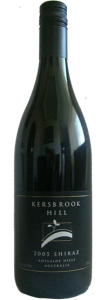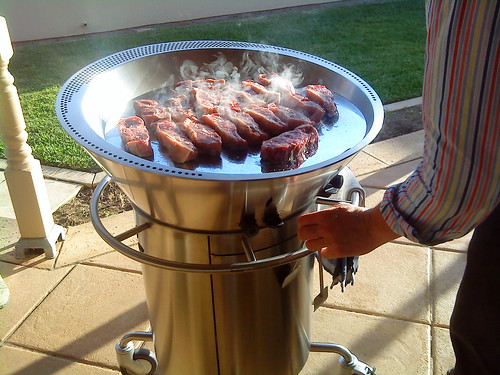Disclaimer: I was sent the four wines by Wine Selectors.
When Wine Selectors got in touch and asked me if I’d like to try some of their wines they didn’t really have to ask twice! This was particularly the case because NOT ONE of the wines they offered to send was a Kiwi Sauvignon Blanc. Not that I have anything against Kiwi Savvie B but I really don’t understand why Australians drink so much of it when they should be supporting local products.
So, if you’re guilty of always reaching for the NZ Sav Blanc – PLEASE READ ON!
And if you’re not, please read on anyway, and we’ll have a chat about wine and food and Christmas.
Let’s begin with a wine that needs no food at all – but, as far as Christmas goes, if you must do food, think breakfast. I was sent the Peterson’s Sparkling White NV. This wine was very pale and, on the palate, it was crisp with some good acidity and TONS of citrus. It’s not a particularly complex wine (and let’s be reasonable – if you buy a case it’s $9 a bottle) so I wouldn’t try pairing it with food. Keep it as an aperitif but it would also be perfect for breakfasts and brunches and anyone who wants a Bucks Fizz.
Next up we had the Sauvignon Blanc replacements: The Lions Den Barossa Valley Babylon Block Riesling 2010 and the Jackson’s Hill The Under Block 2011 Semillon from the Hunter Valley.
Both wines were citrussy – the Riesling lemon and the Semillon lime. In terms of acidity, the Riesling outshone the Semillon, making it a better partner for any richer Christmas dishes. Have the Semillon with your oysters and prawns and save the Riesling for your baked ham or roast pork, or even your Boxing Day fish and chips. I’d also opt for pairing the Riesling with roast turkey, if you’re having one and really want to drink white.
The final wine was the Brokenwood The Bentley’s Boot 2010 Pinot Noir. While this wine showed the raspberry aromas and flavours that are pretty typical of Australian Pinot Noir it also had a substantial green component – think raspberry or strawberry leaf. There was a bit of spice on the palate and some reasonably grippy tannins. We had this with confit duck legs (yes, I know – pairing duck with Pinot Noir shows such imagination …) and this wine would work really well with your turkey. There’s also no reason why you couldn’t drink it with ham or pork, but I do think there the Riesling would be the better option.
So there’s some ideas for your Christmas drinking … hope you find them helpful!



